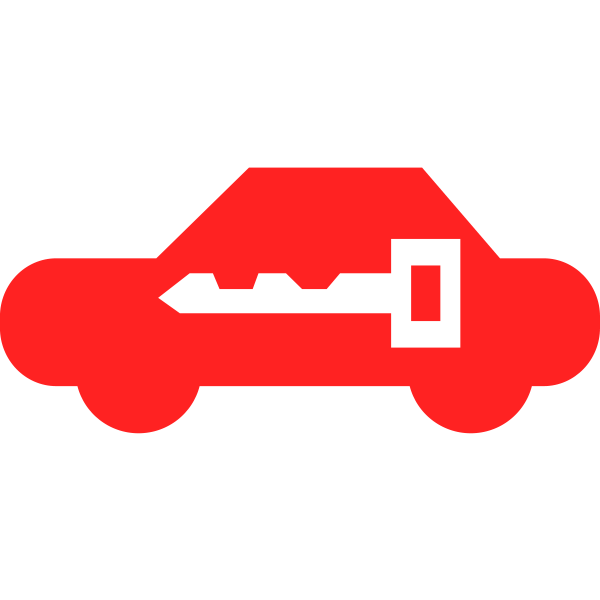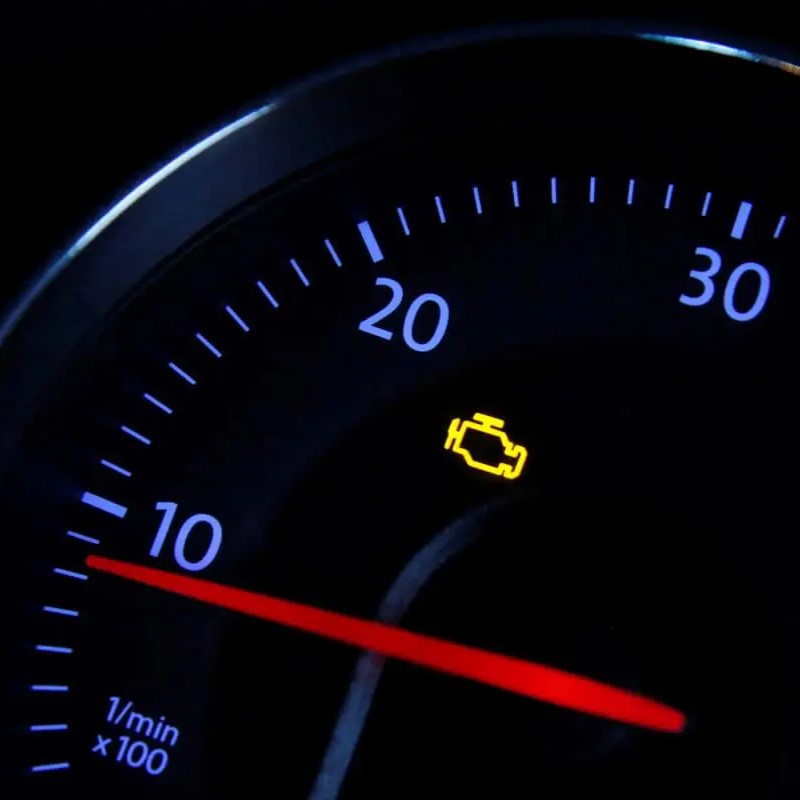Have you ever been driving and noticed your car’s battery light suddenly illuminate on the dashboard? It can be a disconcerting experience, especially if you’re unfamiliar with what it means. In this article, we’ll delve into the significance of the battery light, its potential causes, and the steps you can take to address any issues.
What Does the Battery Light Mean?
The battery light, typically depicted as a battery symbol, is a crucial warning indicator on your car’s dashboard. It signifies that there’s a problem with your vehicle’s electrical system, specifically the battery or its charging components. When this light illuminates, it’s essential to pay attention and take appropriate action.
Common Causes of a Battery Light
Several factors can lead to the battery light coming on. Here are some of the most common causes:
- Battery Failure: The most straightforward explanation is that your car’s battery is simply failing. Batteries have a limited lifespan, and over time, they can deteriorate, lose their capacity to hold a charge, or become damaged.
- Charging System Issues: If the charging system, which includes the alternator and related components, is malfunctioning, it won’t be able to adequately recharge the battery. This can cause the battery light to illuminate.
- Loose or Corroded Connections: Loose or corroded connections between the battery terminals and the cables can hinder the flow of electricity, leading to battery problems.
- Excessive Electrical Draw: If you’re using a lot of electrical accessories simultaneously, such as headlights, air conditioning, and audio systems, it can put a strain on the battery and charging system.
- Parasitic Draw: Even when your car is turned off, there might be a hidden electrical drain, known as a parasitic draw, that can deplete the battery over time.

Signs of a Battery Problem
In addition to the battery light, there are other signs that might indicate a battery issue:
- Dim headlights or interior lights: A weak battery can cause the lights to dim or flicker.
- Difficulty starting the engine: If the battery is struggling to hold a charge, it may take longer or even fail to start your car.
- Clicking noises from the starter: A weak battery can cause the starter to make clicking sounds when you try to start the engine.
- Warning beeps or messages: Some cars may display warning messages or emit beeps when the battery is low or faulty.
What to Do When the Battery Light Comes On
If you notice the battery light illuminated, here are some steps you can take:
- Check the Battery Terminals: Look for any loose or corroded connections. If you find corrosion, clean them with a baking soda and water solution.
- Test the Battery: Use a multimeter to measure the battery’s voltage. If it’s significantly lower than the rated voltage (usually 12.6 volts), the battery may be faulty.
- Inspect the Charging System: If the battery is in good condition, check the charging system. This may require a professional mechanic to test the alternator and related components.
- Avoid Excessive Electrical Load: While the battery light is on, try to minimize the use of electrical accessories to conserve battery power.
- Seek Professional Help: If you’re unable to diagnose or resolve the issue yourself, it’s advisable to consult a mechanic.
Preventing Battery Problems
To help prevent battery issues and ensure your car’s electrical system is functioning properly, consider the following tips:
- Regular Maintenance: Have your battery checked during routine maintenance appointments.
- Clean Battery Terminals: Periodically clean the battery terminals to remove corrosion and ensure good electrical contact.
- Limit Parasitic Draws: If you suspect a parasitic draw, consult a mechanic to identify and address the issue.
- Replace the Battery as Needed: Batteries have a limited lifespan. Replace your battery before it reaches its end of life to avoid unexpected breakdowns.
- Drive Regularly: If your car sits idle for extended periods, the battery can gradually lose charge. Try to drive your car regularly to keep the battery healthy.

Consider seeking professional help if needed
If you’re experiencing issues with your car’s charging system, it’s often advisable to consult a qualified mechanic. They have the expertise to diagnose problems accurately and recommend appropriate solutions. Here are some situations where professional help might be necessary:
- Persistent Battery Issues: If your battery continues to drain or fail despite your efforts to maintain it, a mechanic can conduct a thorough inspection to identify the underlying cause.
- Complex Charging System Problems: If you’re dealing with multiple issues related to your charging system, such as a faulty alternator and a weak battery, a professional can provide a comprehensive assessment and repair.
- Safety Concerns: If you suspect a problem with your charging system that could pose a safety hazard, such as a loose connection or a faulty alternator, it’s crucial to seek professional assistance.
- Warranty Coverage: If your car is still under warranty, consulting a mechanic can help determine if the charging system issue is covered by the manufacturer.
- Peace of Mind: If you’re unsure about your ability to diagnose or repair the problem yourself, seeking professional help can provide you with peace of mind and ensure that the issue is resolved correctly.
Remember, a mechanic can offer valuable insights and expertise that can save you time, money, and frustration. By seeking professional help when needed, you can maintain the health of your car’s charging system and enjoy a reliable driving experience.
Ensure proper maintenance of the charging system
A well-maintained charging system is essential for a reliable vehicle. It ensures that your battery stays adequately charged, preventing unexpected breakdowns and ensuring optimal performance. Here are some key steps to keep your charging system in top condition:
Regular Inspections and Maintenance
- Check the Battery Terminals: Regularly inspect the battery terminals for signs of corrosion, which can hinder the flow of electricity. Clean them with a baking soda and water solution or a commercial battery terminal cleaner.
- Test the Battery: Have your battery tested periodically, especially if you notice any signs of weakness, such as difficulty starting the engine or dimming lights. A mechanic can use a battery tester to assess its health.
- Inspect the Alternator: The alternator is the heart of your charging system. Ensure it’s functioning properly by having it tested during routine maintenance. If you notice any strange noises or if the battery light illuminates, it could indicate a problem with the alternator.
- Check the Belts: The alternator is driven by a belt, so ensure it’s in good condition and not slipping. A worn or loose belt can affect the alternator’s performance.
Preventative Measures
- Limit Parasitic Draws: Excessive electrical draws from accessories like lights, audio systems, or interior lights when the engine is off can drain the battery. Avoid leaving these accessories on for extended periods when the car is parked.
- Drive Regularly: If your car sits idle for long periods, the battery may not receive enough charge. Make an effort to drive it regularly to keep the battery healthy.
- Avoid Short Trips: Frequent short trips may not allow the alternator to fully recharge the battery. Try to take longer drives occasionally.
- Consider a Battery Tender: If you park your car for extended periods, a battery tender can help maintain a charge and prevent deep discharge.
Professional Maintenance
- Routine Service: As part of your regular vehicle maintenance schedule, have a mechanic inspect your charging system. They can check for any signs of wear or damage and address potential issues before they become more serious.
- Replace Components as Needed: If you find that the battery, alternator, or other components of the charging system are nearing the end of their lifespan, replace them promptly to avoid unexpected breakdowns.
By following these guidelines, you can help ensure the longevity and performance of your car’s charging system, providing you with a more reliable and enjoyable driving experience.

The battery light is a vital warning indicator that should not be ignored. By understanding the common causes of battery problems and taking proactive steps to maintain your car’s electrical system, you can help prevent breakdowns and ensure a smooth driving experience. If you ever notice the battery light illuminated, don’t hesitate to seek professional assistance to diagnose and address the underlying issue.





